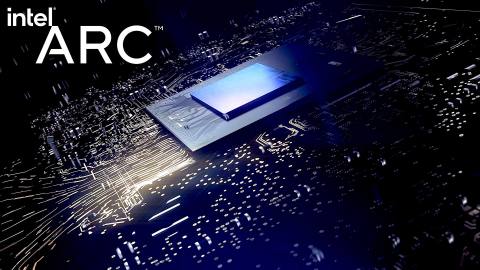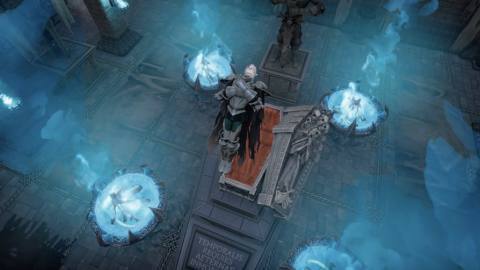
This week’s DF Direct is somewhat different than the usual show – a while back, Intel approached us, asking to be featured on a future episode to talk about its Arc graphics line. At the same time, Intel Fellow Tom Petersen, having seen our extensive image quality comparisons in our FSR 2.0 God of War video, was also keen to see the firm’s own XeSS machine learning-based upscaling technology put through its paces in a similarly rigorous fashion. That work is still ongoing and due later this week, but today I’m pleased to share the DF Direct Intel special, filmed in Berlin last week – not least because it sees Petersen addressing all of the concerns we’ve had about Arc over the last few months.
I’d recommend watching the video through because we’ve got a lot of ground to cover, kicking off with the delay behind Arc. We spoke to Petersen back in August last year, expecting Arc to arrive in Q1 this year – the perfect time for a new force to enter the graphics market, adding much needed volume during the crypto era… but it never happened, leading some to pronounce the death of Arc in its entirety. That’s not happening, the cards are coming soon, but not helping matters was a very strange initial release for the Arc A380 – the first Intel discrete GPU from the Alchemist line-up. Why release the weakest card first? Why release in China first to begin with? Why not sample the press with the product at all? What’s the reason behind all of the delays? The answers are illuminating – and perhaps with the benefit of hindsight, things might have been different.
That said, as Tom Petersen mentions, getting some exposure out there for the card has resulted in a wealth of valuable data and telemetry – all of which has fed back to the entire Arc line, benefitting the product that actually launches more widely soon. Some of that feedback, however, does show clear challenges for the Intel team. Two distinct issues have emerged. The most major problem concerns support for older graphics APIs. Intel considers that its DX12 and Vulkan drivers are in good shape – and at their best, show the strengths of the hardware, beating the competition. However, DX11 titles can be problematic. Some games seem to work fine, others have profound problems – simply because Nvidia and AMD have had years to tune their drivers, while developers used those vendors’ hardware to create the games in the first place. For a newcomer, that amount of legacy baggage puts Intel at a profound disadvantage and getting those older titles into shape on Arc is a long-term task. Newer APIs though? Intel seems bullish.






